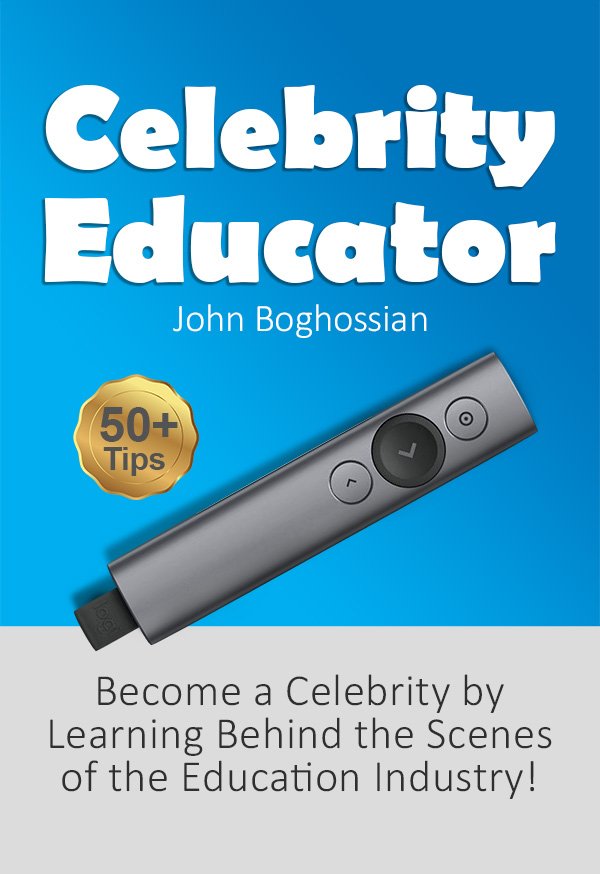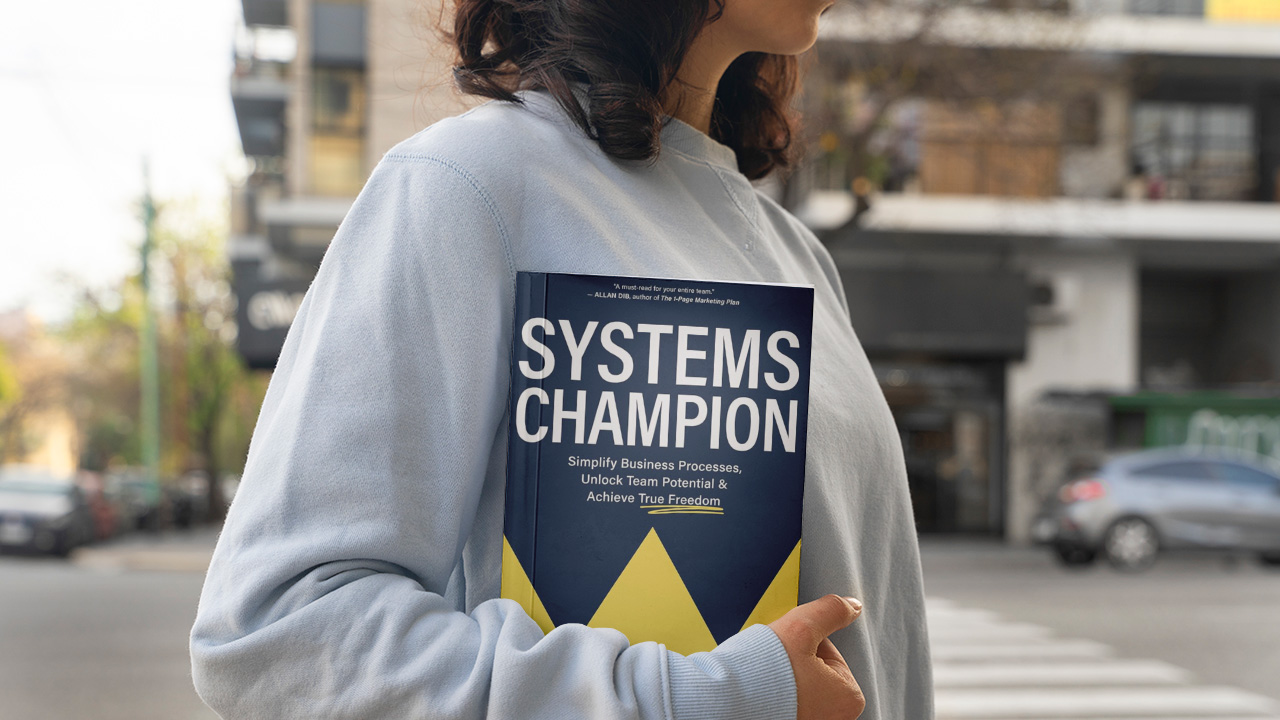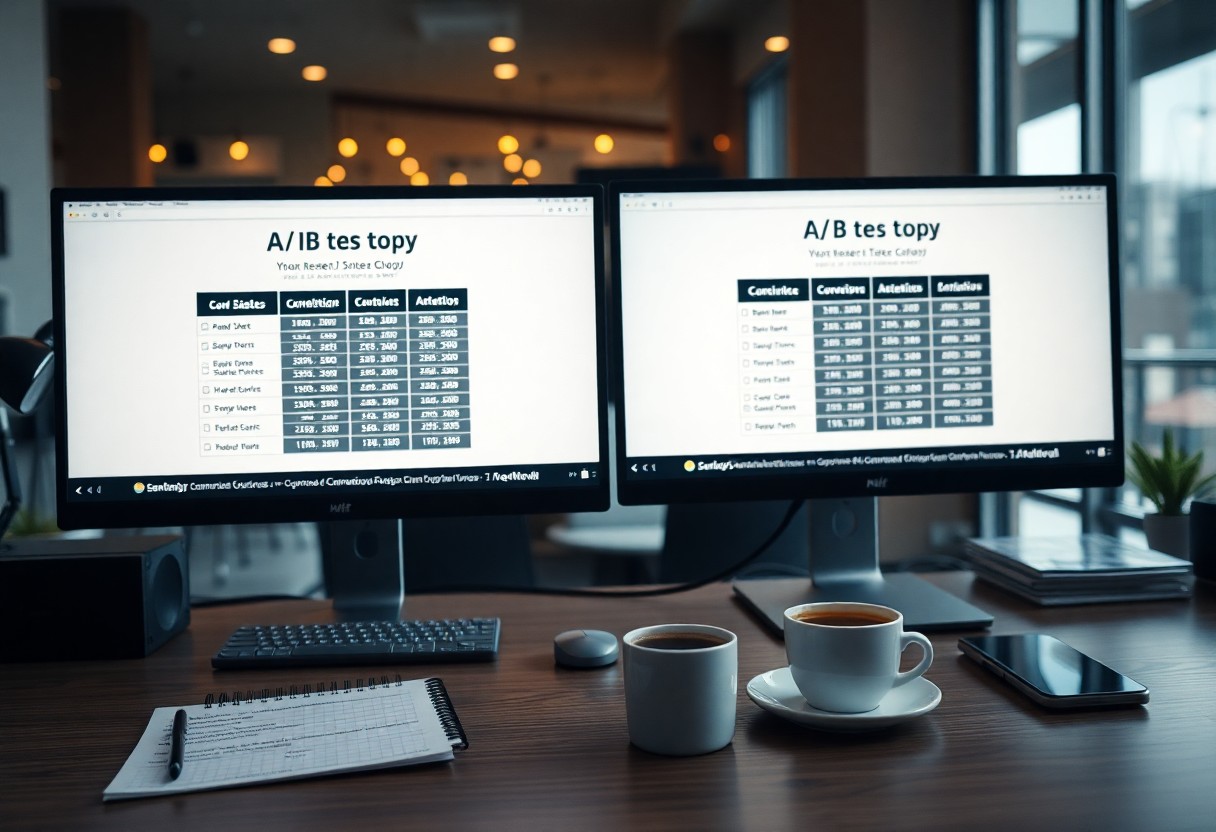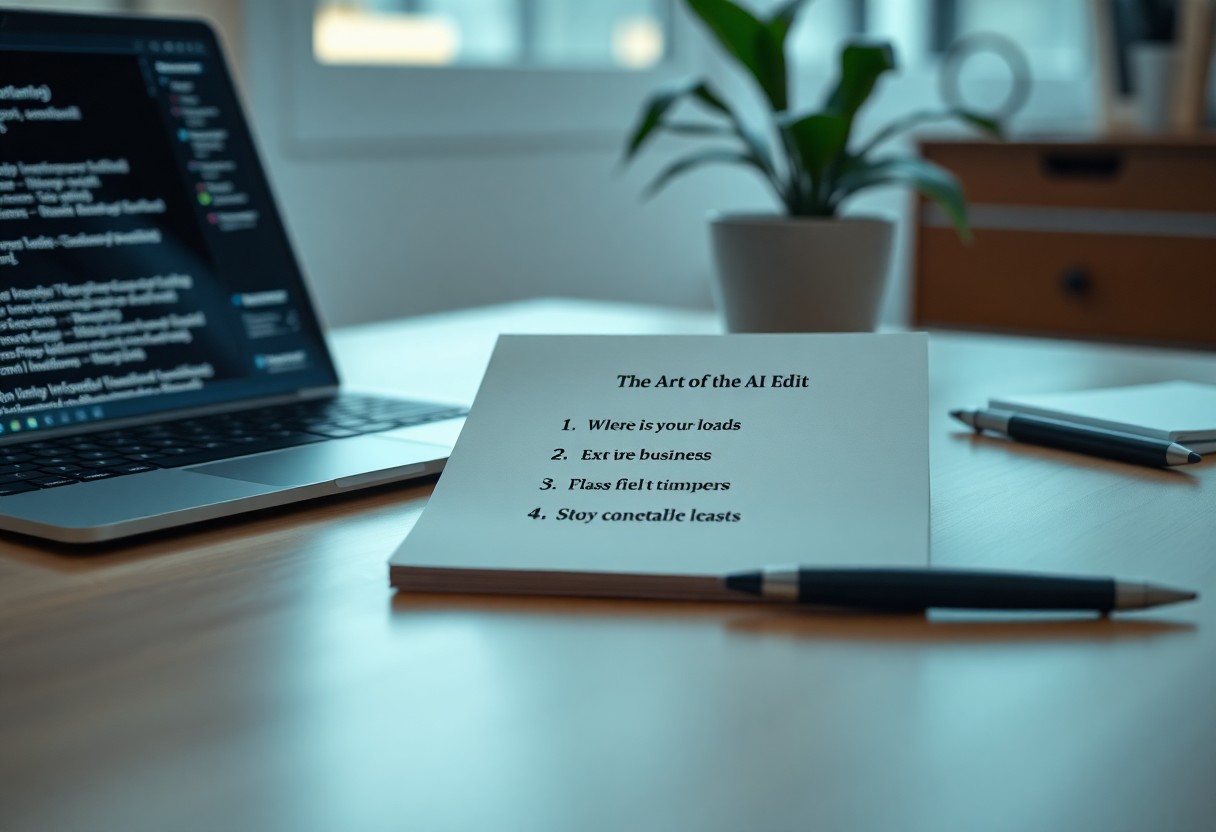Contents
Packaging Your Expertise
When diving into the world of expertise, one key aspect is understanding how to effectively package what you know. This involves not just the information you provide, but also the format in which you deliver it. The right format can make your expertise not only accessible but also engaging and compelling to your audience.
Choosing the Right Format
Selecting the appropriate format to convey your knowledge is crucial. Different audiences respond to different mediums, and it’s essential to find what resonates best. Here are some formats to consider:
- Blogs: Ideal for in-depth analysis and nuanced discussions. They allow for personalized storytelling.
- Videos: Perfect for visual learners. Short tutorials or discussions can capture attention quickly.
- Podcasts: Great for on-the-go audiences. Sharing insights during commutes can help your content reach a wider range.
- Webinars: Interactive formats that allow real-time engagement with your audience.
- E-books: Long-form content that consolidates knowledge and gives readers a comprehensive take on a subject.
A personal anecdote underscores the importance of format. A friend of mine, an expert in digital marketing, initially chose blogging as her primary content distribution method. While she produced outstanding articles, she noticed engagement dwindling. After switching to video content, she found that her audience not only grew substantially but became more engaged, leading to more meaningful conversations around her expertise.

Creating Compelling Content
After deciding on the right format, the next step is crafting content that captivates. Compelling content goes beyond presenting facts; it’s about weaving a narrative that keeps your audience invested. Here are some strategies to help you create high-quality content:
1. Know Your Audience
Understanding who you are speaking to can shape your tone and topic. For instance, if targeting millennials, a casual tone and current references resonate better than formal language.
2. Tell Stories
Great content often includes storytelling. Anecdotes make complex topics relatable. For example, when discussing time management techniques, sharing a personal experience about overcoming procrastination adds an authentic touch.
3. Use Visuals
Incorporate images, infographics, or charts to illustrate your points. Visuals not only break up dense text but can also aid in comprehension. Consider creating a simple table comparing benefits of different content formats, as shown below:
| Content Format | Ideal For | Engagement Level |
|---|---|---|
| Blog | Detailed exploration | Medium |
| Video | Visual learners | High |
| Podcast | Auditory learners | Medium-High |
| Webinar | Real-time engagement | Very High |
| E-book | Comprehensive analysis | Low-Medium |
4. Incorporate Call-to-Actions
Encourage your audience to engage further. Whether you want them to comment, share, or check out more of your work, a clear call-to-action can guide them on what to do next.
5. Consistency is Key
Maintaining a consistent schedule and tone builds trust. If your audience knows when to expect new content, they’re more likely to return.

As a personal touch, when starting a weekly newsletter about business tips, consistency in delivery not only established credibility but also built anticipation amongst subscribers. Each week, readers looked forward to the fresh insights.
In conclusion, packaging your expertise effectively requires careful consideration of the format and the content you create. By choosing the right platform to present your insights and crafting engaging, relatable material, your knowledge not only reaches a wider audience but also leaves a lasting impact. It’s about bridging the gap between expertise and audience engagement, fostering connections that can lead to growth for both parties involved.








